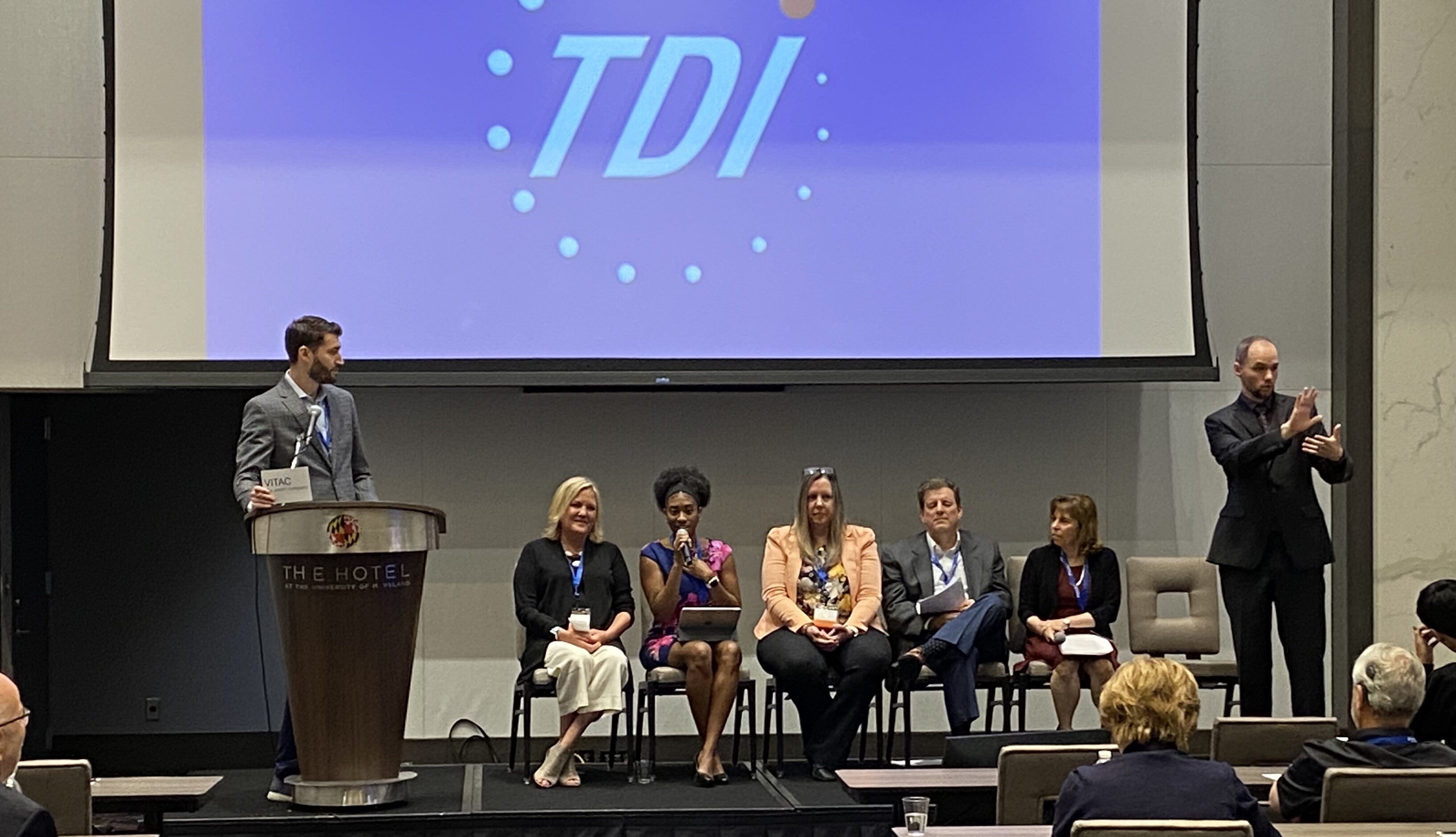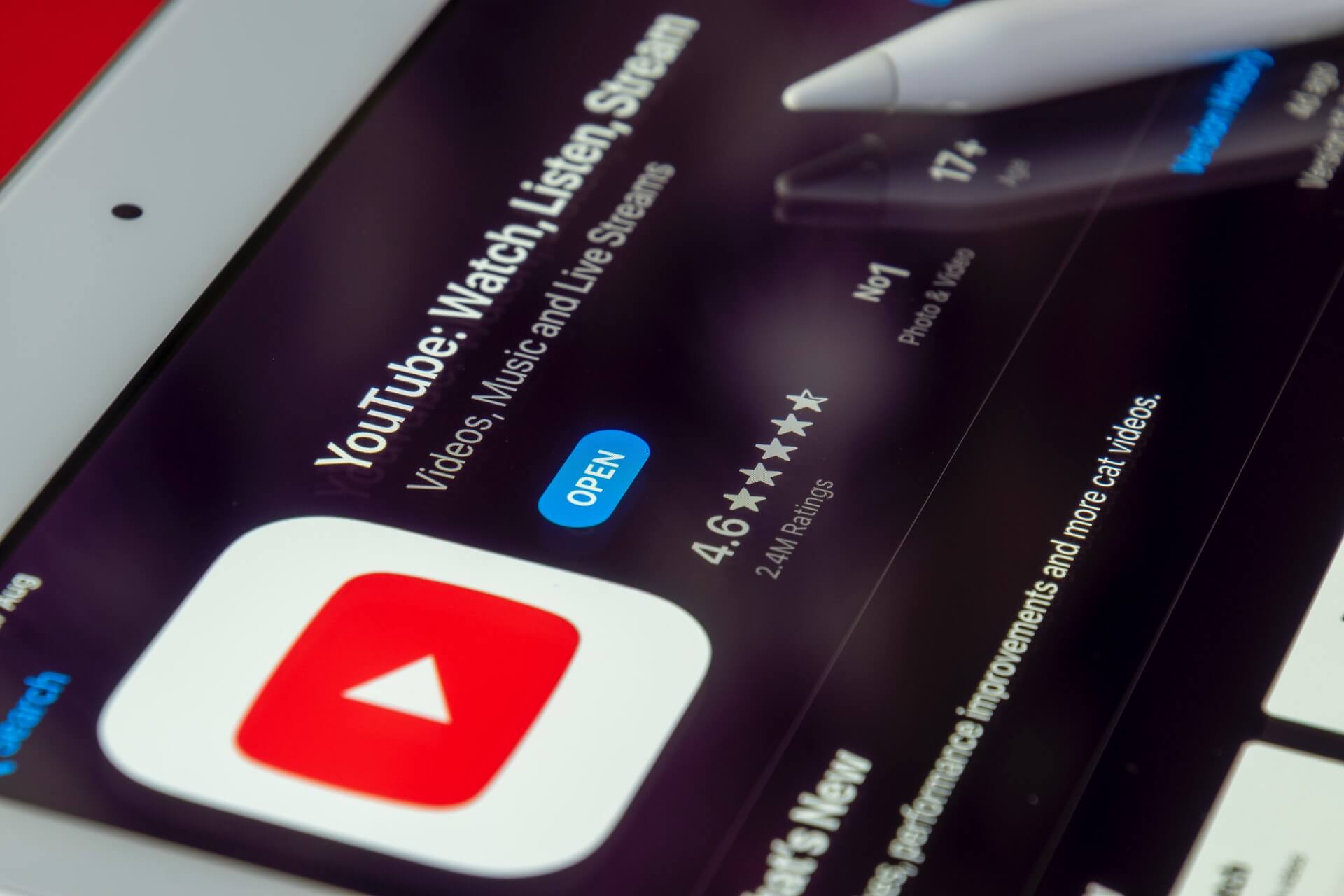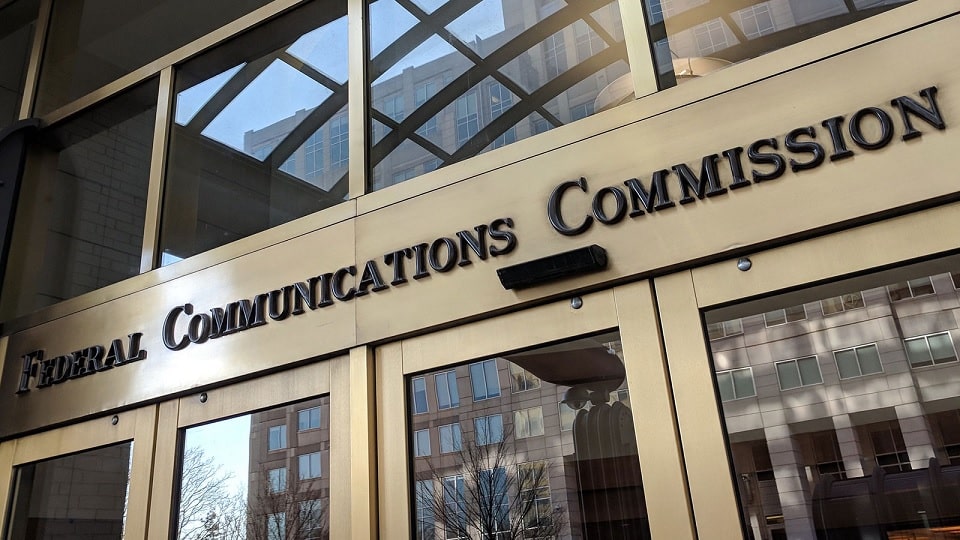Verbit’s Heather York and Matthew Schwartz returned with important takeaways after joining members of the Deaf and hard-of-hearing community, broadcasters and accessibility companies at the recent Telecommunications for the Deaf and Hard of Hearing, Inc. Conference (TDI).
The proposed law of the Communications, Video, and Technology Accessibility Act (CVTA) took center stage during Verbit’s panel discussion. York, our VP of Marketing & Government Affairs, and Schwartz, who moderated the panel, were joined by experts from the National Captioning Institute, the National Association of Broadcasters, NBCUniversal and Spectrum.
More than 90 experts spoke throughout the three-day event, which focused on the current state of accessibility, captioning concerns and expectations for the future.
“The TDI conference offered an incredible chance to engage with leaders and consumers directly,” said Schwartz, Vertical Marketing Lead at Verbit, who moderated the panel. “Meeting in person helped us understand successes and areas for improvement so that we can ensure we’re always providing value.”
Speakers shared how captioning expectations are evolving
It’s clear that today’s consumers have higher expectations for captioning as they consume media and content. During the event, participants steered far away from whether or not captions were necessary and went granular into the specifics.
On our panel, speakers addressed the importance of relaying ambient sound in text. Ambient sounds are essentially background noises. In films, background noises help set the scene and atmosphere and are therefore necessary to include in captions to give viewers the full picture. Some examples of ambient sound include rain, distant traffic or crickets.
Ambient sounds, and even silence, are often important for the plot. For example, imagine a scene that takes place on an airplane. While the characters are talking, the sound of the engine rumbles in the background. Suddenly, that sound stops. Without a description of the ambient sound, a viewer using captions wouldn’t know that the engine stopped or immediately understand the characters’ reactions. This example offers insight into why people who rely on captions are stressing the importance of captioning ambient sound.
While advocates are pushing for these captioning improvements, all found it encouraging that ambient noise captioning was even a topic.
“An attendee noted that while we’re now focused on trying to push for the best captioning experience possible, it’s important to recognize the progress that’s been made,” said Schwartz. “When he was younger, they were petitioning and lobbying just to be able to watch anything with captions. Now they’re asking how the ambient noise in the background could be better captioned.”
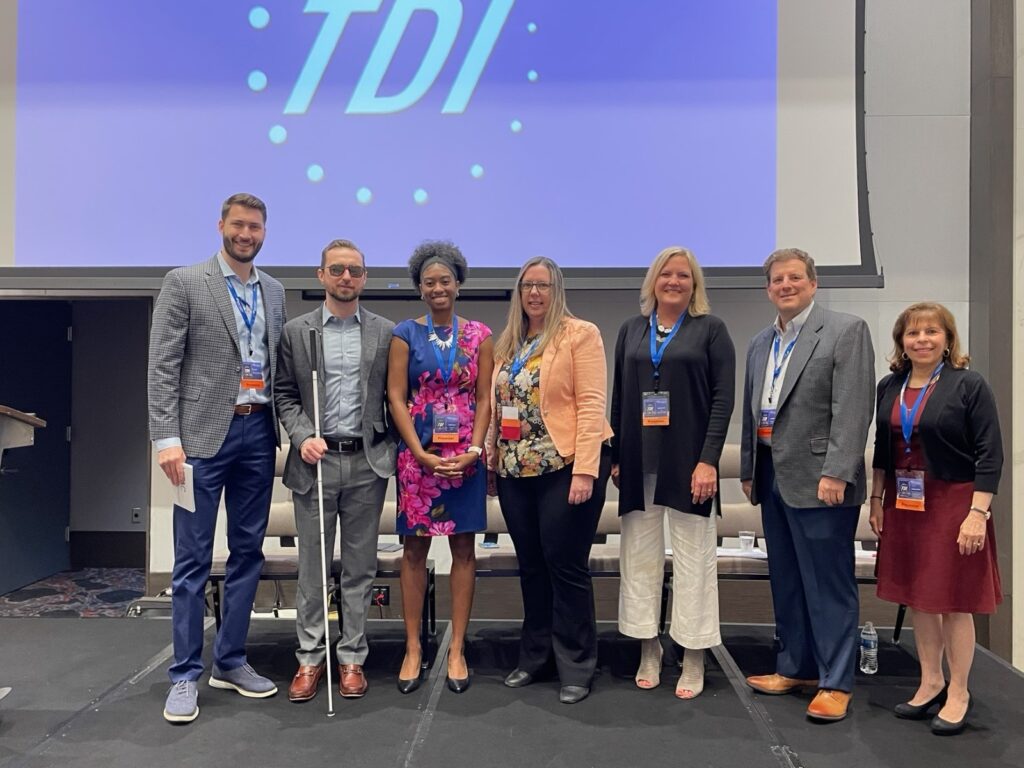
Addressing how to respond when captions don’t make the cut
Another topic that came up was how to react when your captions aren’t working properly or include errors. Missing, incomplete or inaccurate captions are clearly a problem, and networks and other organizational leaders know that when something with their captions is wrong, fixing them must be a priority.
When it comes to captioning issues on television or streaming services, there’s often a quick way to contact them to remedy the situation. Regulations require that broadcasters and cable companies provide a contact for captioning concerns.
The best methods for addressing captioning issues
Written complaint methods aren’t timely enough to meet today’s viewer expectations. Stacey Romero, Senior Accessibility Manager at Spectrum, said that her team wants customers to report captioning issues directly. Getting this information from consumers themselves offers the quickest way to resolve any issues.
NBC also offers quicker ways to reach out, including by email: nbcclosedcaptioning@nbcuni.com or phone: 1-866-787-6228. Helpful details about what to include in the email, including the issue itself and the device the user is watching on, are available on NBC’s captioning information page so that the team can troubleshoot and contact you as needed.
Xfinity or Comcast follows a similar method, offering email support via accessibility@comcast.com or by phone at 1-855-270-0379 to report captioning issues. Xfinity also has a captioning support page and an ASL help center. Additionally, if a Netflix user finds a serious captioning problem that amounts to an FCC concern, Netflix requests that the complaint be in writing and emailed to them at captioninginquiries@netflix.com.
Regardless of what platform viewers are streaming on, they can report to the Federal Communications Commission (FCC). However, the process can be lengthy and complicated at times. According to many broadcasters, reporting to the FCC should be a last resort for cases where the outlet isn’t responsive or interested in remedying the issues. Additional legal considerations also came up at the conference related to the most recent draft of the CVTA.
Exploring the hot topic of the CVTA
Verbit’s panel participants also dived into the timely topic of the CVTA, exploring the potential accessibility updates it presents. Legislators designed the CVTA to help govern today’s communication methods.
The CVTA’s pending updates include:
- Entities operating video platforms would need to prompt users who post videos to add closed captioning and audio description.
- Closed captioning and audio description data would need to remain with the video programming in common formats so that when other entities make the program available, they continue to display the closed captions and audio description.
- The FCC’s regulation of emerging technologies would need to consider a broader range of disabilities, including those who are “blind, deaf, Deafblind or have low vision, an auditory processing disorder, cortical or cerebral visual impairment, a speech disability, including individuals who use augmented and alternative communication, a mobility disability, or a cognitive disability.” Technologies covered include AR, VR, XR, dual reality, spatial computing and AI.
- Efforts to enforce the CTVA would not preclude enforcement of violations under other disability rights and civil rights laws, such as the ADA. Essentially, the same conduct can be an enforceable violation under multiple laws.
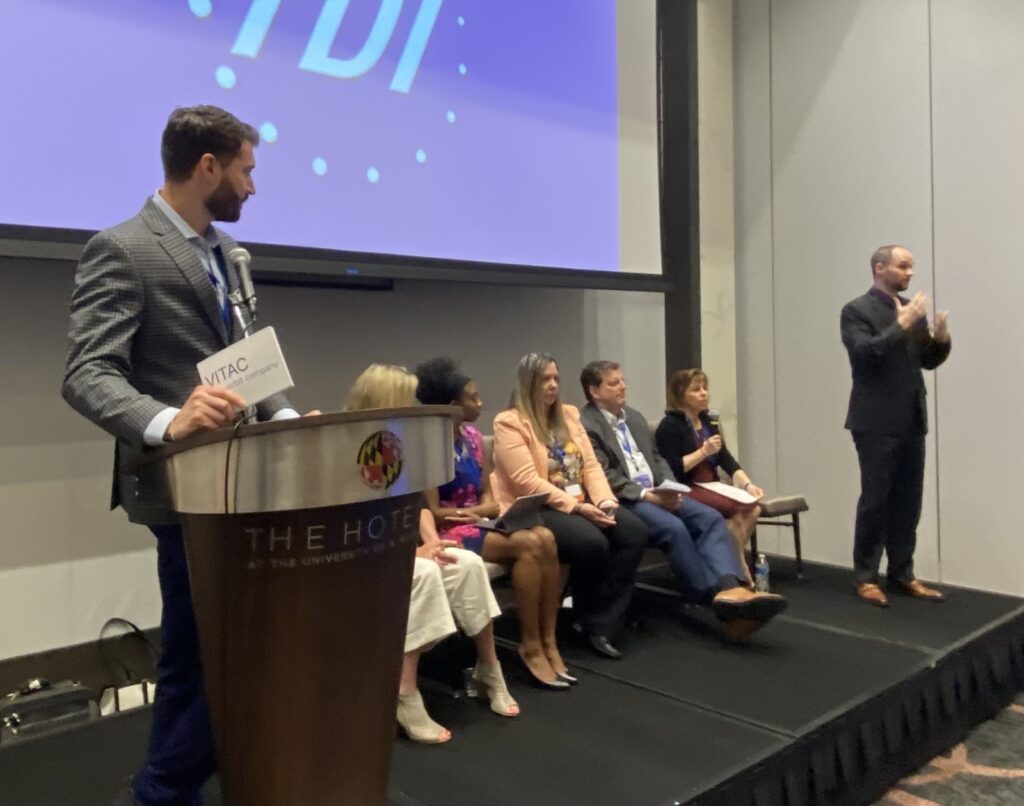
How to show support for the CVTA and accessible media
The CVTA represents an important step in making technology and communications more accessible. However, the proposed Act still needs the support of legislators to pass.
Verbit’s York is a member of the FCC’s 35-member disability advisory committee and is working to make the CVTA as effective as possible in protecting and promoting accessible communications. York stated that it’s important for all of us to speak up and inform our representatives that we value accessibility.
“I absolutely encourage anyone affected by accessible technology — and that is everyone — to join the grassroots effort to get the CVTA passed,” said York. “Contact your senators and representatives today.”
To express your thoughts on accessible media and communications, locate your representatives and senators by following this link. Once you have their contact information, you can use the template created by the Coalition of Organizations for Accessible Technology (COAT) to quickly draft a letter asking them to support the CVTA.
Schwartz and York enjoyed the opportunity to address the progress being made to make media more accessible alongside key leaders in the inclusion, media and disability spheres. Verbit’s leadership is committed to media inclusivity and to promoting much-needed legislative updates to ensure media is as inclusive to everyone as possible. Visit our online hub, Advancing Accessibility, for ongoing insights from York and other members of the Verbit team who are closely following these technological and legislative changes.
